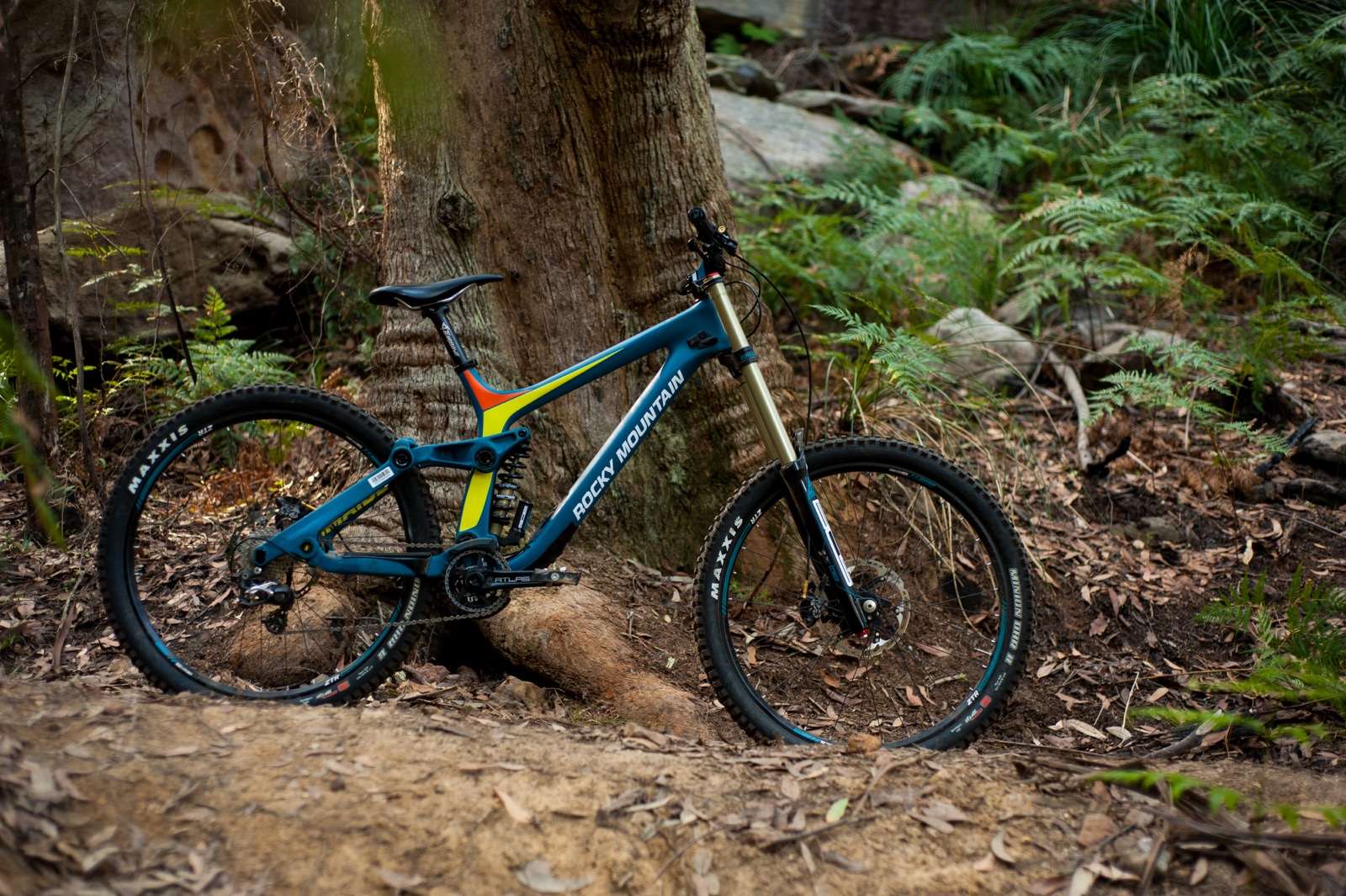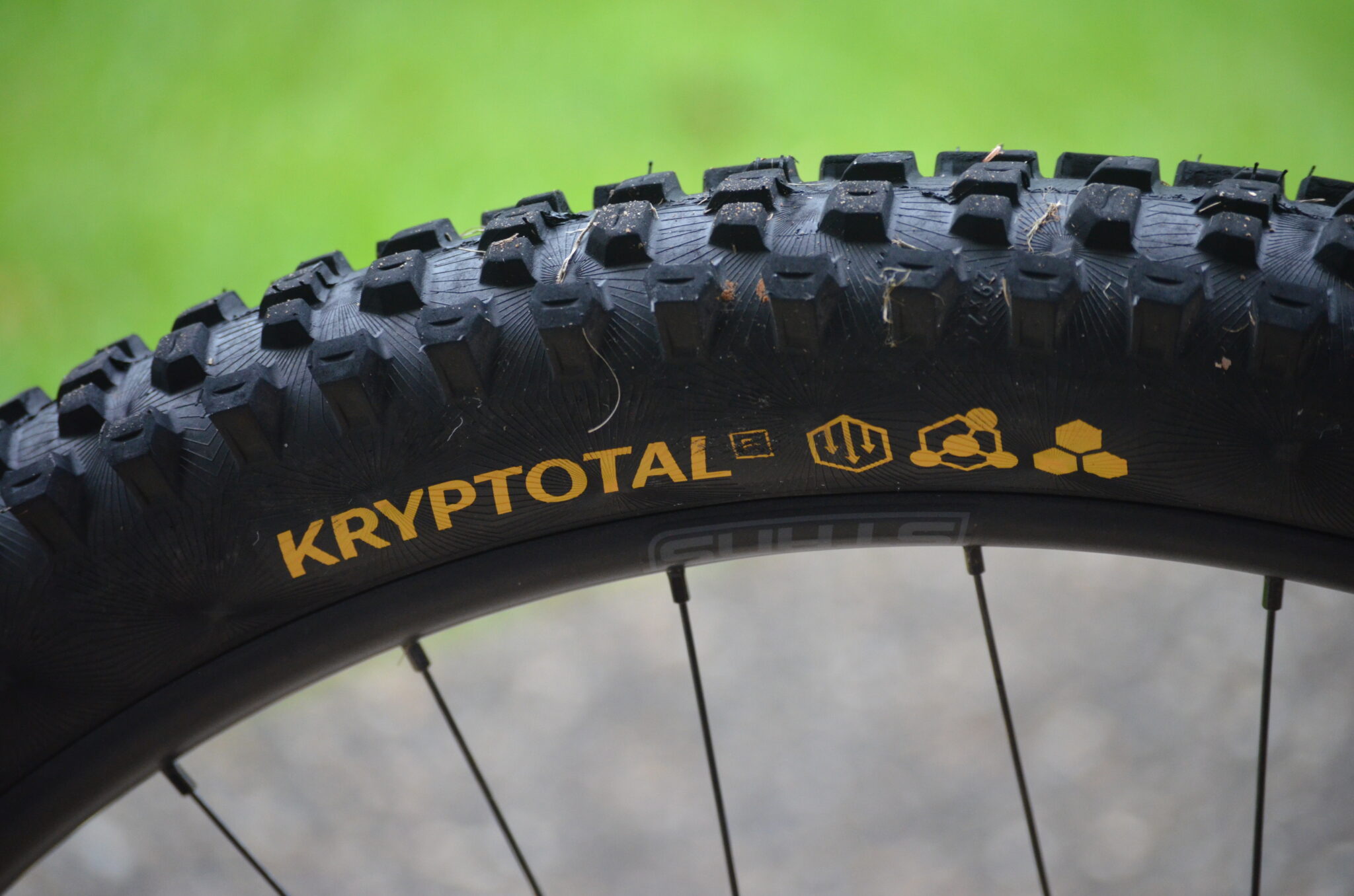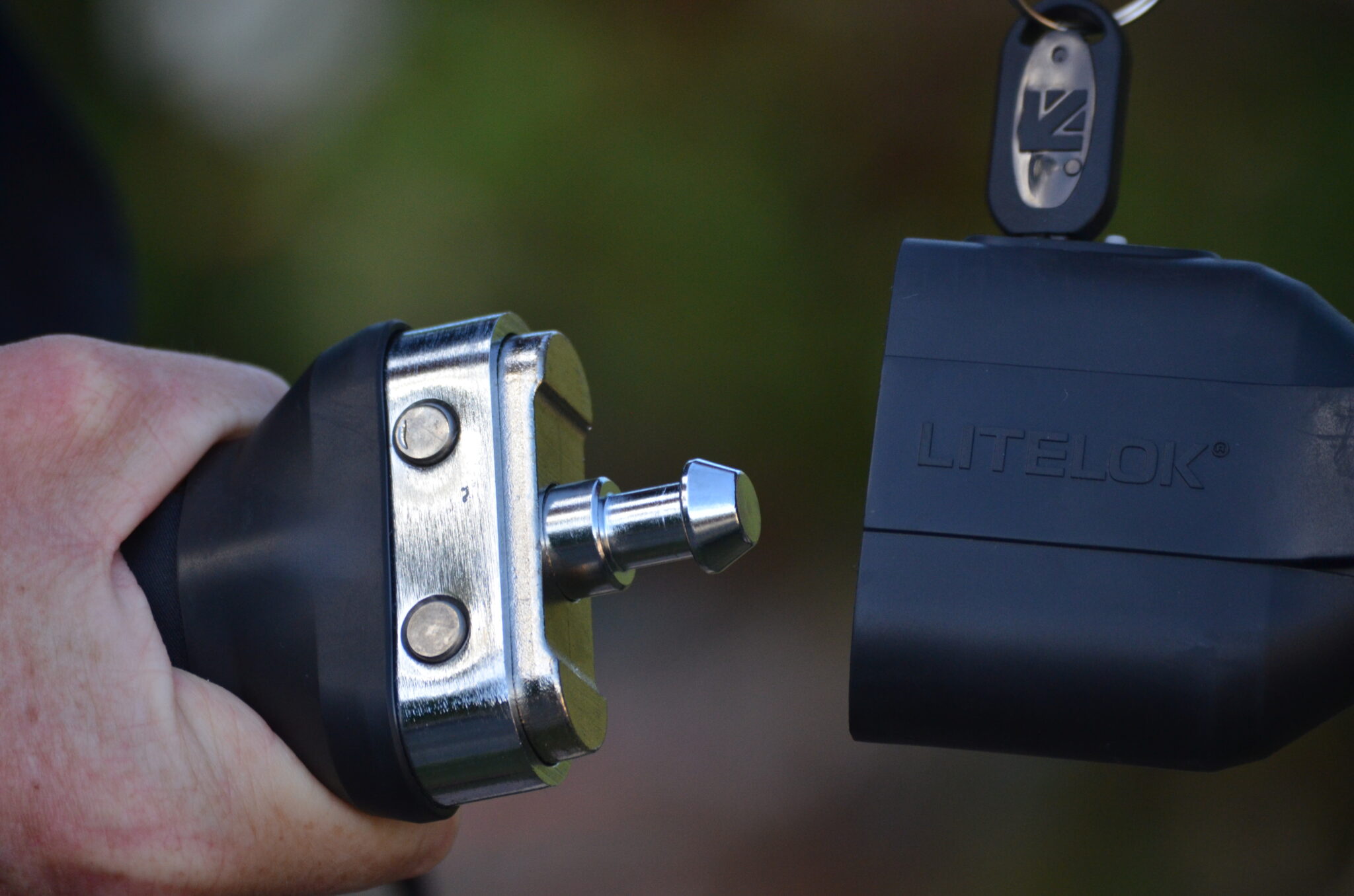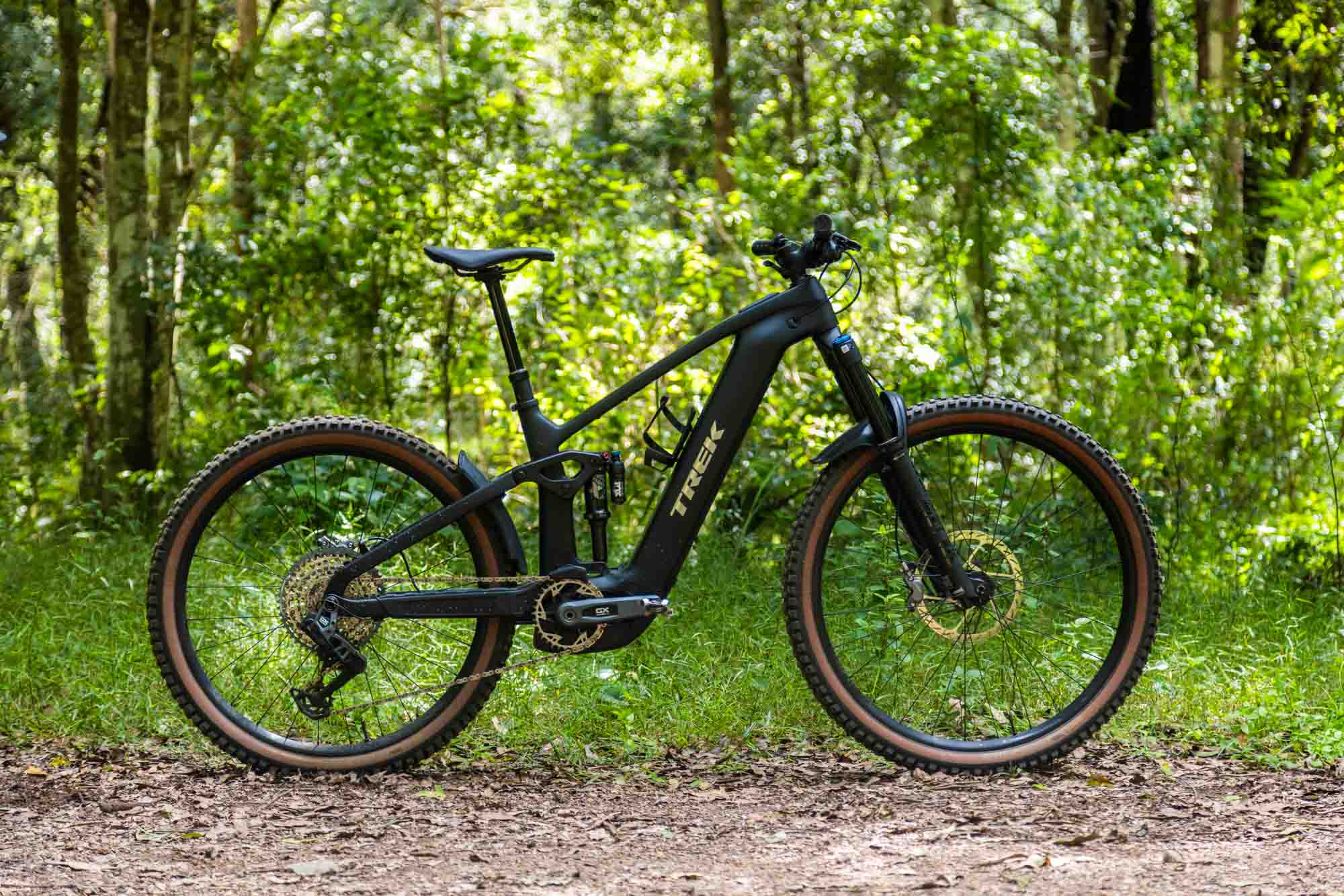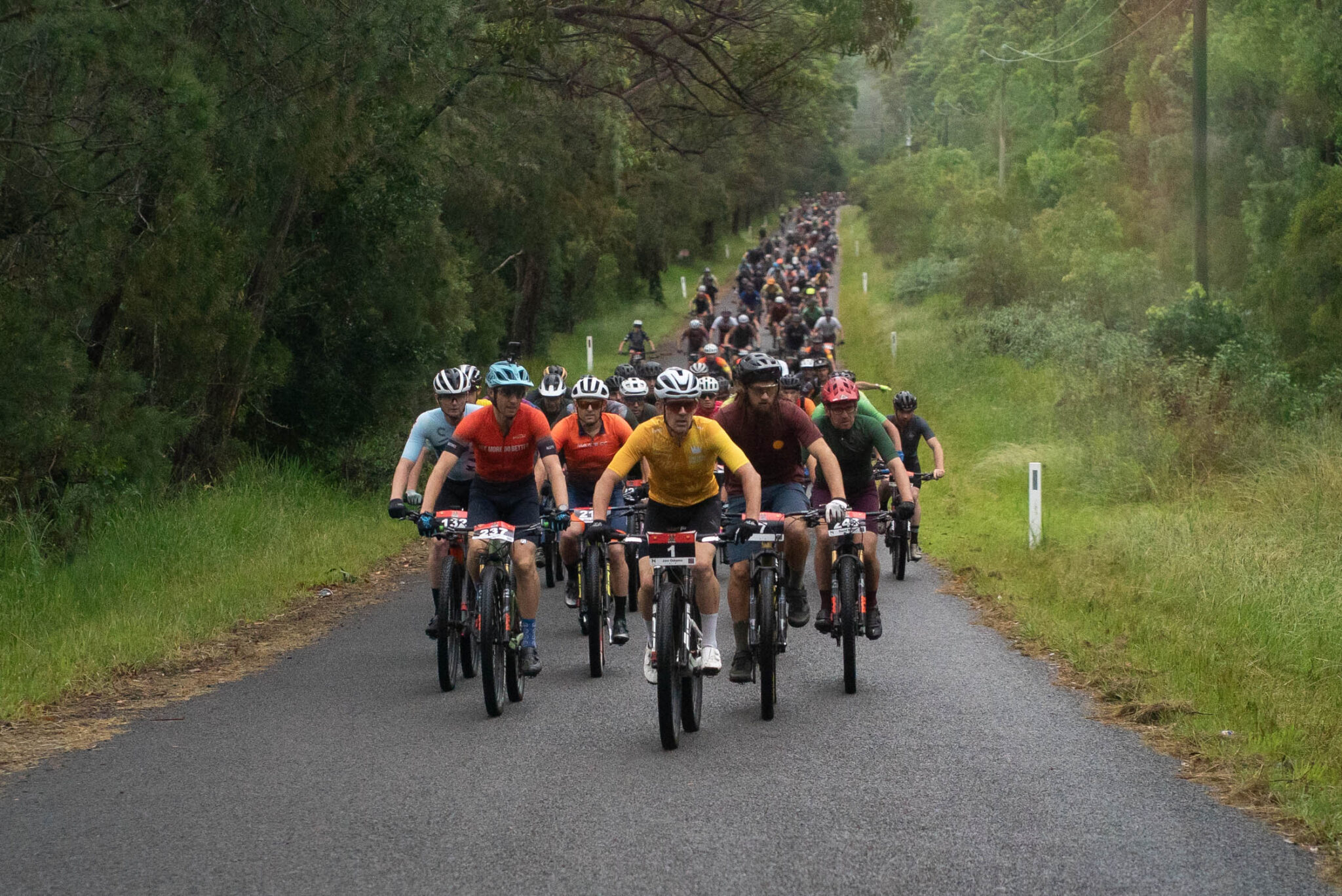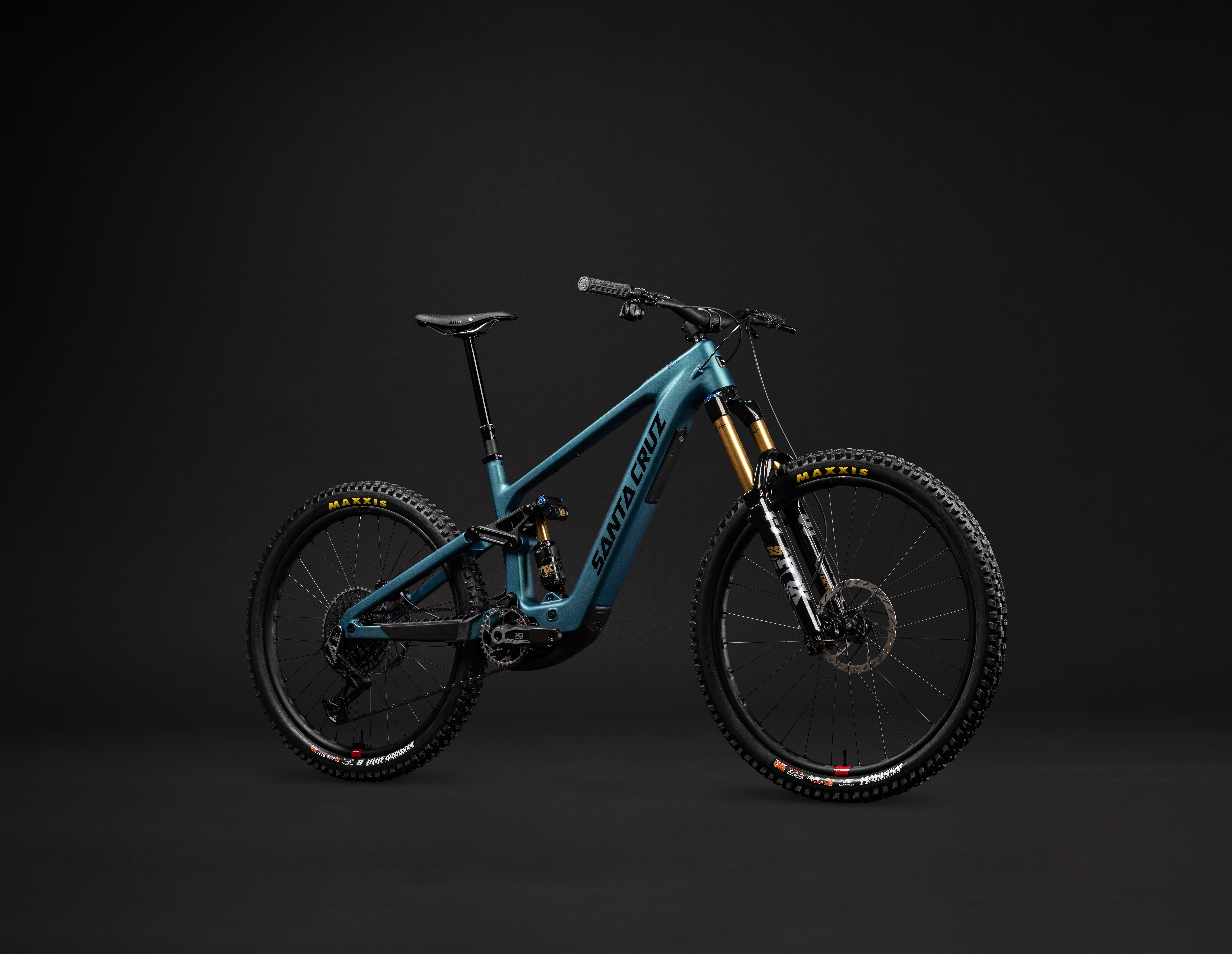TESTED: Rocky Mountain Maiden WC
The Rocky Mountain Maiden World Cup is no park bike. It is designed for racing on the world's toughest downhill courses.
Words: Lachlan Mckillop
Photos: Robert Conroy
The Rocky Mountain Maiden is a complete re-entry into the downhill market from the Canadian brand. Their older Flatline model which graced downhill tracks and races alike for over 4 years seemed to be put on the backburner in design for a few years there. The Flatline had great numbers in the geometry department but was a little bit tubby on the weight side of things. The Maiden has been set to change all of this and although it has that “Rocky Mountain” look about it this new machine has been rebuilt from the ground up.
The Maiden has been released in 4 models globally but only 3 come to the shores of Australia: The Maiden World Cup, Pro and the Park model. The size range is fairly standard with S, M, L and XL and prices start at::::: leading up to ::::::: for their higher end offerings. The bike also offers the feature of two wheel sizes, the bike is stocked with 27.5” hoops but you can also run 26” if you feel the need.
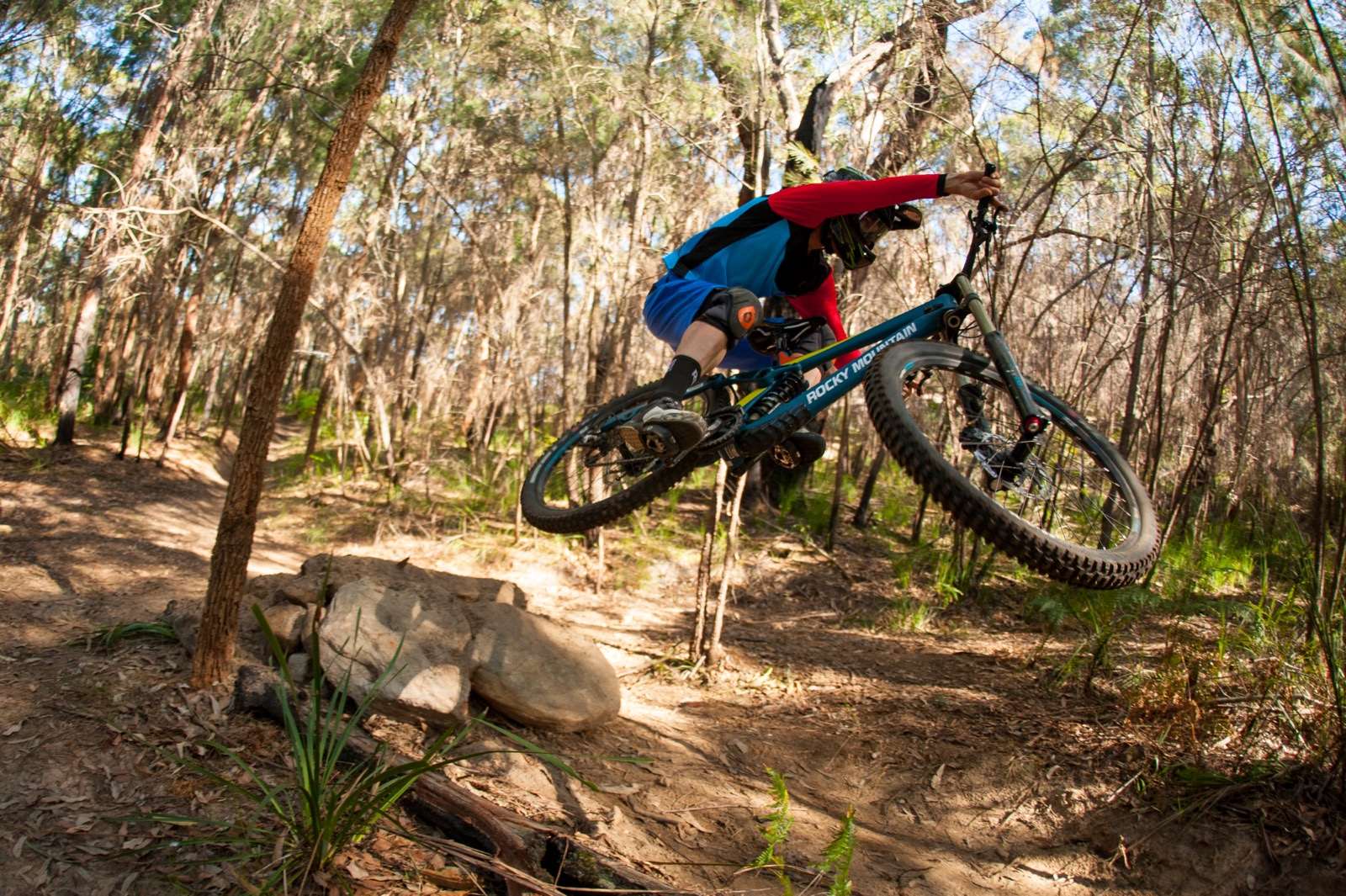
Initial impressions
First and foremost this is one sexy looking bike! As I put the bike together I could just see more and more smart little design features that I really wanted to see how they perform on the tail. The first thing to note with this bike is the frame itself, the frame is completely carbon fibre, from the chain stays till the seat stays and main frame. With so many brands offering an aluminium rear end it’s nice to see that Rocky has taken the time to create a completely carbon bike. The bike is sleek, the only thing that seemed a little out of place was the integrated bump stops/cable mounts but this is purely knit picking.
One part that really took my eye was the pivots on the bike, wow they are big! Now some people will love that look and others may hate it, but this is more than an aesthetic feature. These large size bearings are actually BB30 bearings, this is the same as many common bottom brackets and it makes getting spares for this bike super easy (something which I really like to see). Along with the smart pivot feature, the frame is adorned with great protectors to the downtube and a vented mud guard for the rear shock.
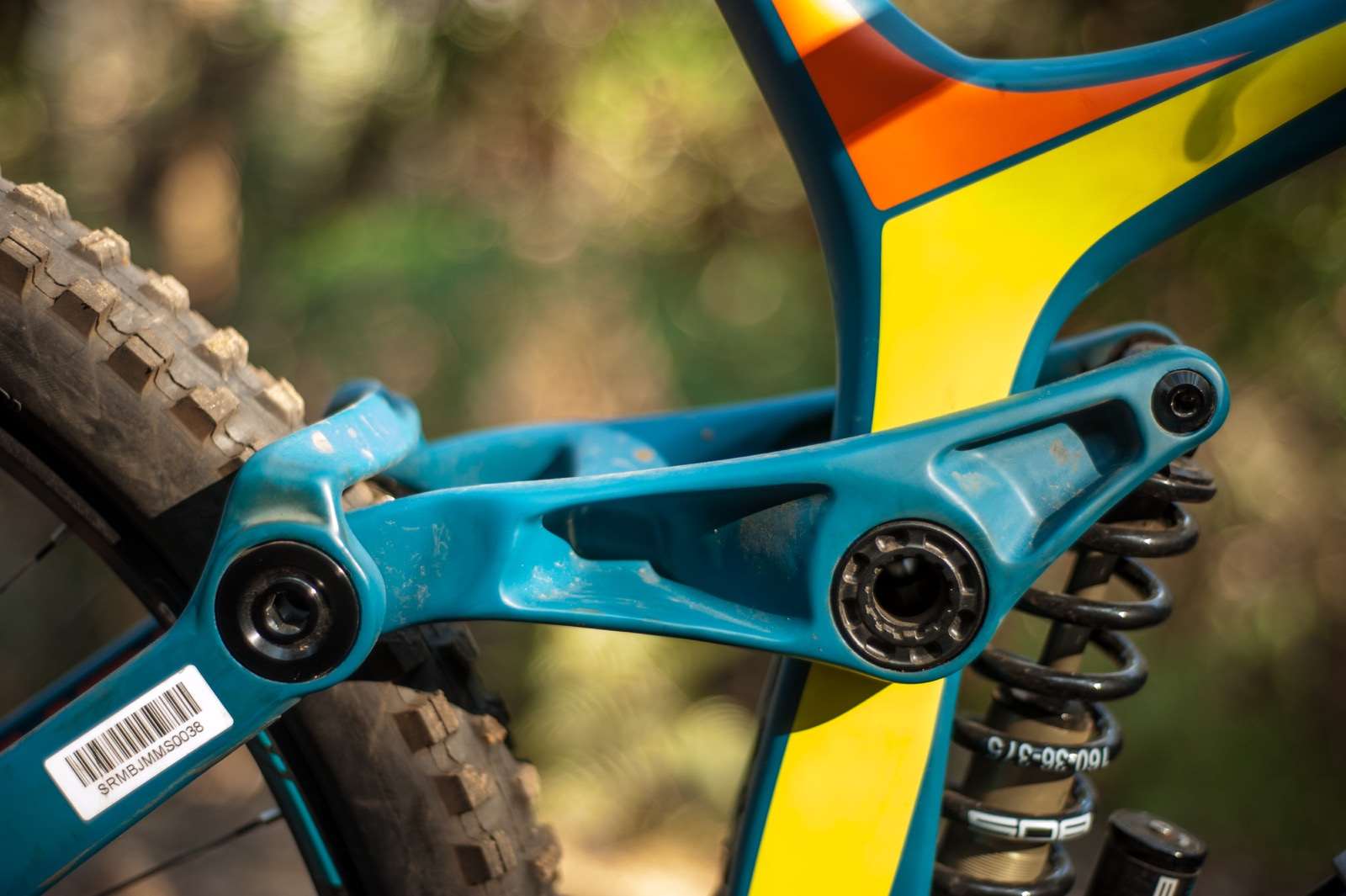
The suspension was the most interesting part of this build for me, I have read a lot about BOS, talked to a lot of people about it and it has always made sense to me but I just have never used it. Setting the forks up is a little fiddly and was not just a case of setting them up like a trusty Boxxer, there wasn’t a huge amount of information about the forks and shock with the bike but any good bike store that stocks this bike is going to be more then happy to set you up. BOS runs a lot more sag than other suspension companies so all I can say is set your suspension to the correct sag and not purely what feels good, it will really surprise you on the trail. All the suspension has to be adjusted with tools and does not really offer on the fly adjustments which is a little bit of a pain. The placement of the rear shock also makes adjusting the shock a little harder, usually once I have my suspension set I leave it, so it is only a small annoyance.
The numbers on the bike are great too, with a 63 degree head angle (the golden number of head angles I believe) which is adjustable to 63.8 degrees for people wanting something a little steeper. The rear end has been slimmed down from the Flatline and comes in with 425mm chainstays which is in line with most modern downhill rigs giving the bike an active rear end.
On the trail
As I hopped off the chairlift I really had in the back of my head that this suspension was just going to be too soft, being a rider who likes a stiffer front end I felt that the bike was just going to dive, but I knew after I talked to the guys at NS Dynamics that this is the way it should run. The first run the suspension was super soft but at the same time the bike did not dive. I noticed just how stable this bike is with the combination of suspension and geometry. This is confidence inspiring on a new bike and comes down to a good long wheel base on the bike, something that a lot of brands are opting away from for being more “Park” style bike.
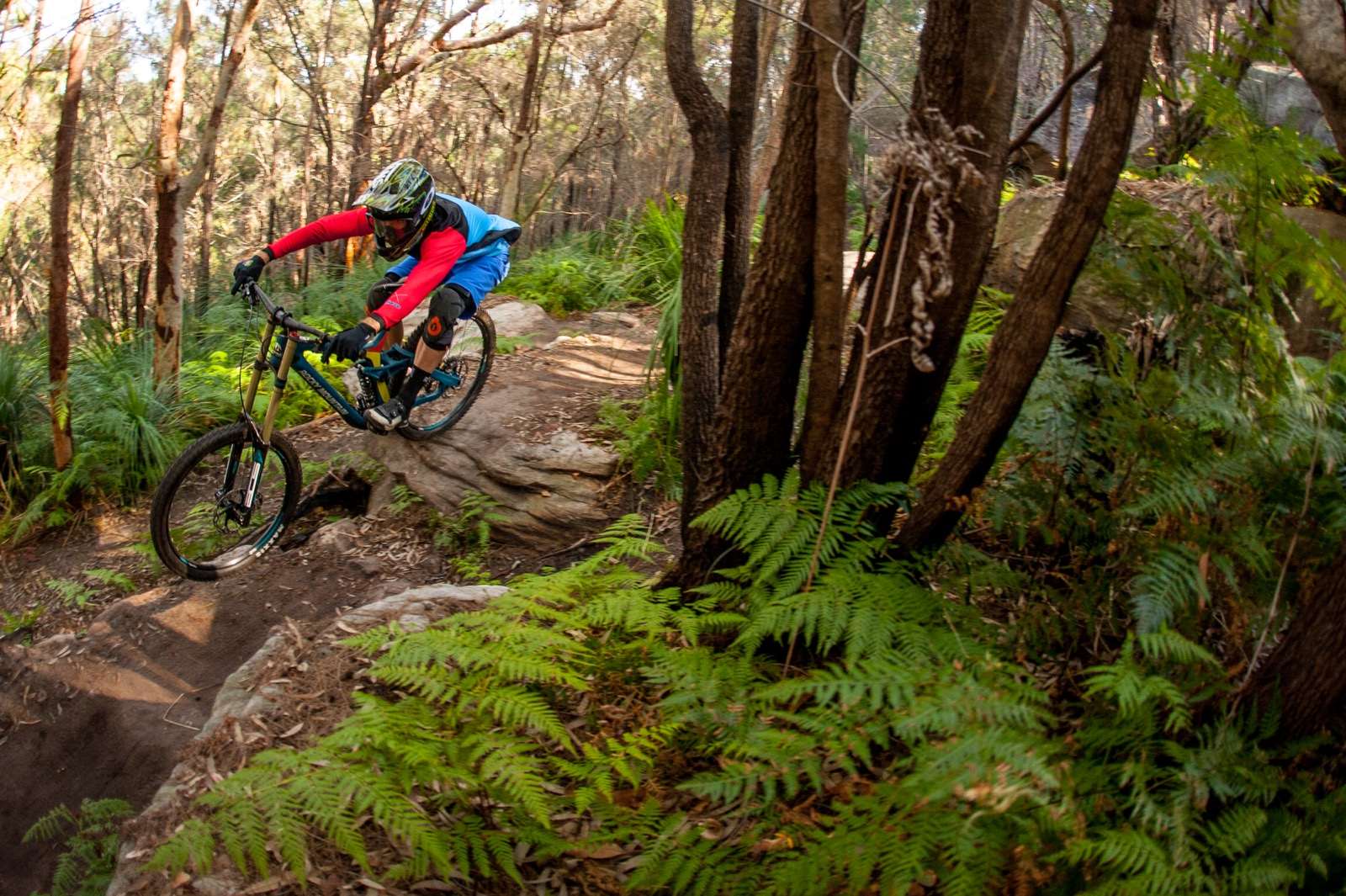
On the first runs of the day the bike felt super familiar straight from the start, the cockpit I have ridden before and like, with 35mm RaceFace Atlas bars in 800mm with and a 40mm in-house direct mount stem. Confidence was instilled with the legendary Shimano Saint brakes taking care of the slowing down. A nice touch with the braking system was the use of 203mm rotors on the front and rear, although after becoming a SRAM brake user I did find the brakes did not have as much power as other 4 piston brakes that have come on the market more recently. Choosing brands like Shimano that are established and renowned is always good to see, with Saint being showcased on the whole bike allows the rider to have peace of mind that everything is going to work well, this is exactly what a bike with the words “World Cup” need to be specced with. The familiarity of how the bike felt was the same with the well-picked rubber of Maxxis DHR in 3C giving familiar traction and proper dual ply protection
As I mentioned earlier, the geometry numbers are on point with this bike, but this is when the bike is static. The way the bike performed on the trail was very different to this, but in an amazing way. With the BOS suspension on this model and their Unlimited model it is pretty obvious that a lot of time was spent on the bike with the BOS suspension. The BOS runs on significantly more sag than other models, this doesn’t just smooth the bike out more but it also allows the bike to sit in it’s travel more, this is a highlight in corners. With a short 425 rear end and suspension that lets you to push through this bike truly rails corners, and this is not an understatement. I don’t think I have hit corners as hard any other time as I have on the Rocky Mountain Maiden. Hats off to Rocky Mountain on this, they have delivered on making the bike perform in corners with using not just their geometry but also taking into account the suspension that they are using, this is very, very, smart.
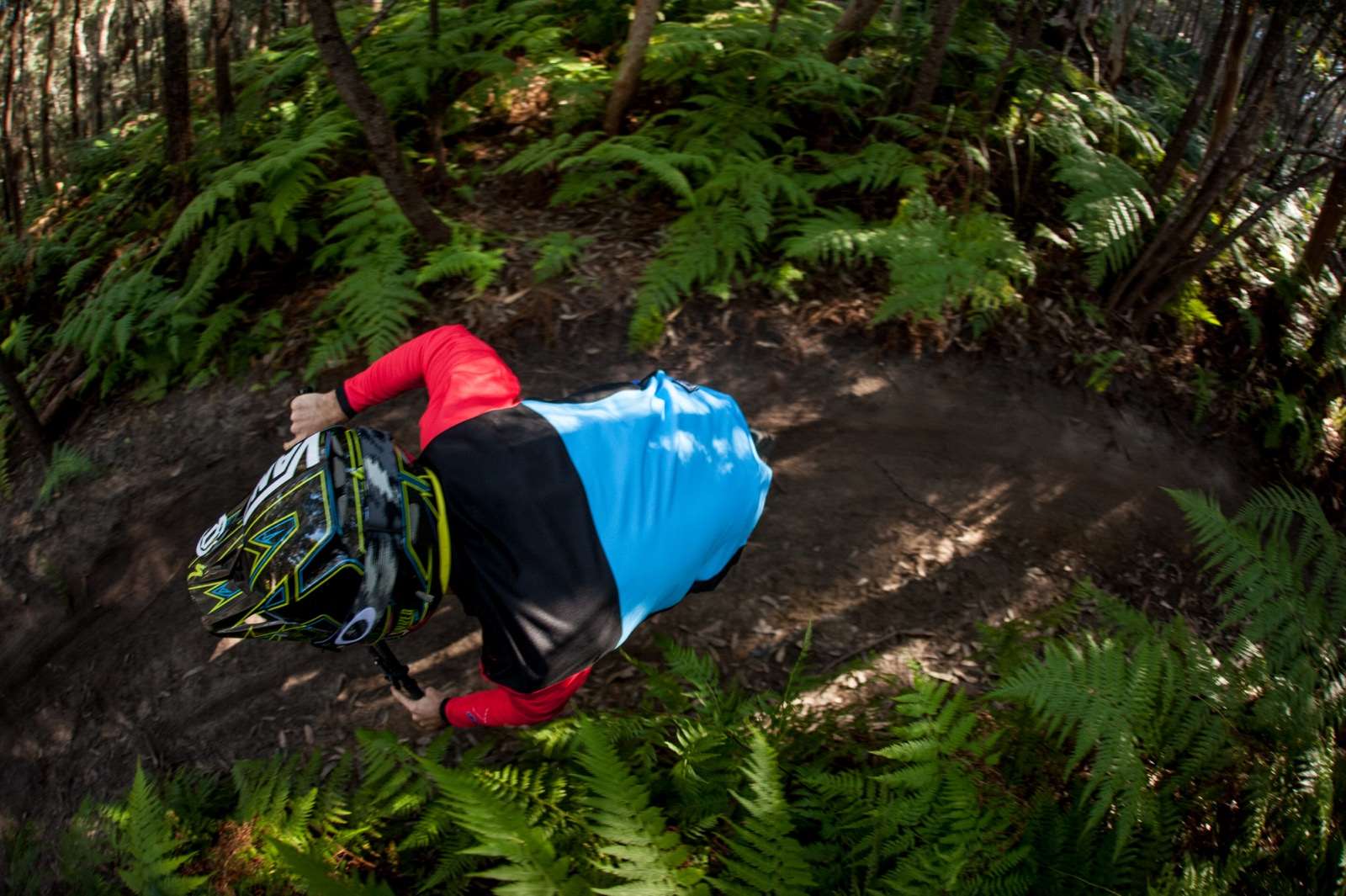
On the rough stuff the bike tracks perfectly and this again comes down to the marriage of geometry and correct suspension, the bike rarely jumped around and both wheels were very planted on the ground. The frame was nimble in its nature as well so if you wanted to put the wheels on the other side of the track it will do it without hesitation. The only downside of this was the bike didn’t seem to pop as well when trying to clear small water bar gaps, on bike jumps it was fine and capable but I just found on the smaller things the bike was happier to stay planted and plow through.
The bike is a stealth bomber on track, the internal cables matched with the dampening of carbon really made the bike silent on the trails. I am all about a quiet bike and this really ticked the boxes for me, the last thing you want to hear is a chain slapping around or suspension topping out whilst riding. If you are making a World Cup bike then having something that is quiet on track is a must, no racer wants to hear noise coming from the bike
Keith Bontrager made the call "Strong, Light, Cheap. Pick Two”. Now this is a World Cup level bike and the price tag reflects this, what is great about that is that as Keith said the bike is strong and light. Weight of downhill bikes has been a contention for years and years, I actually had heard comments that this bike was not that light and I really want to put those comments out of mind. The test bike I had, with my Shimano DX pedals came in at a very healthy 16.6kgs on my scales. For a bike running BOS which is a little heavier then other suspension as well as oversized pivot bearings and full Saint group set, it is obvious that Rocky Mountain have delivered a very well designed frame. Having a light weight bike on the trail was great, it added to the nimble nature I mentioned before and overall through the day there was a lot less fatigue in my arms.
Our impressions
The Rocky Mountain Maiden World Cup lives up to its name, this is truly a World Cup level bike, from the components to the geometry and beyond. The more I rode the bike the more fun I had on it and the more I realised that it could be pushed more and more. The bike is a little on the expensive side, but you definitely are getting every cent worth of what you’re paying for if you are racing or just really enjoy your time on the DH bike. This is the bike for you if you are taking your riding or racing seriously, it is a well thought out, complete package from a brand that has been in the downhill scene longer then most.
Brand: Rocky Mountain
Model: Maiden World Cup
RRP: $9,999
Weight: 16.6kg with pedals
Contact: bikes.com
Rider Bio: Lachlan has ridden bikes his entire life, with racing experience both nationally and internationally along with a background in mechanics for national and international downhill teams
